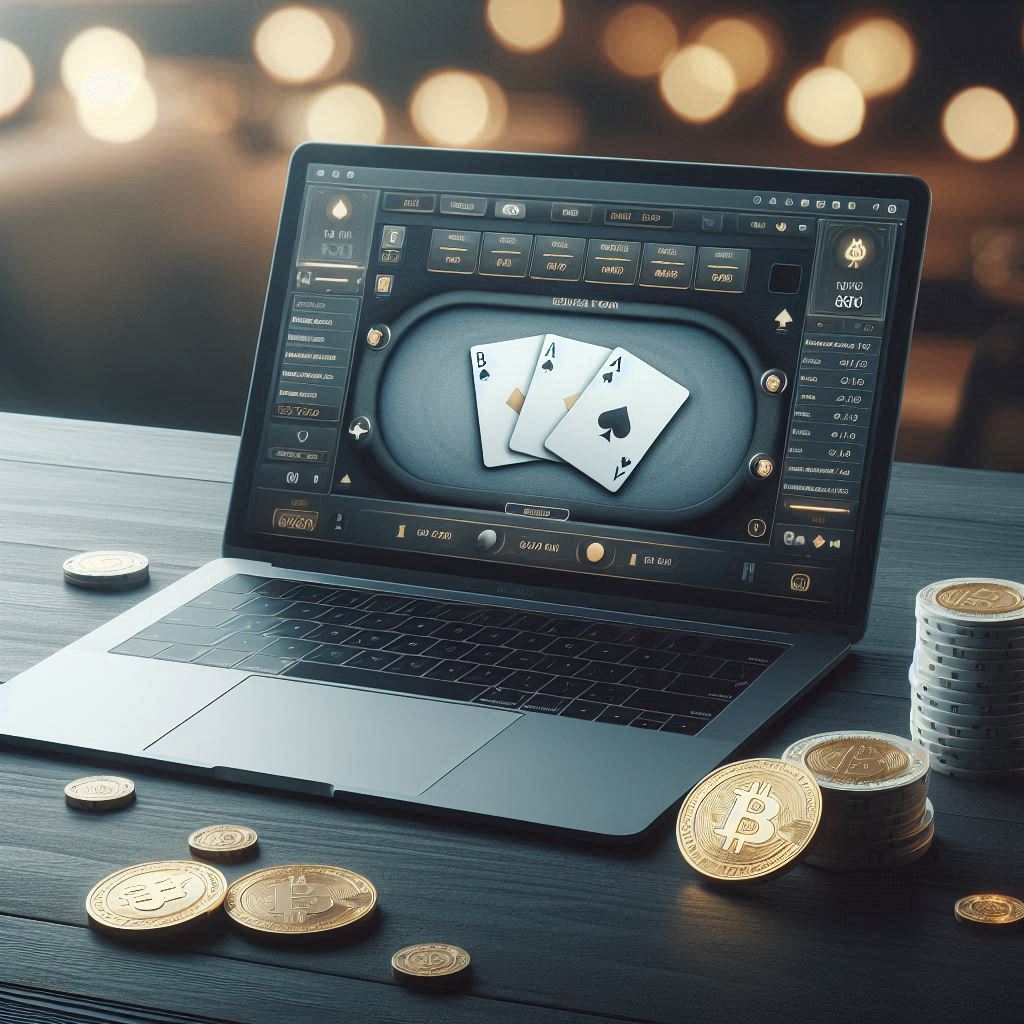Crypto and poker have always shared a certain edge: probability, risk, and the thrill of being early to a table with upside. As Bitcoin matures and payment rails get faster, more players are asking whether it makes sense to take their bankroll on-chain. This overview is meant to help you think like a careful shopper—not a hype-chaser—before you sit down.
How it works
Bitcoin poker rooms typically offer familiar formats—cash games, SNGs, and MTTs—with BTC (and sometimes other coins) as the deposit and/or accounting currency. Some sites keep balances in crypto natively; others convert to a stable unit behind the scenes. Deposits may clear after a few confirmations, while withdrawals can be near-instant on lightning-style rails or slower on-chain. Expect minimums, network fees, and occasional KYC checkpoints depending on where you live and how much you move.
Why players consider BTC tables
- Speed & access: Crypto can move quickly across borders with fewer banking chokepoints, which helps traveling grinders or players in underbanked regions.
- Lower friction: Fees can be competitive versus cards or e-wallets, especially during off-peak network times.
- Privacy (to a point): You won’t hand over card numbers, but blockchains are public, and operators may still require identity checks.
- Tech extras: Some rooms tout “provably fair” features, hand histories you can export, and integrations for HUDs (if permitted).
Real risks to weigh
- Volatility: Your bankroll can swing with the BTC price, independent of your poker results. If you play for a living (or a strict budget), consider stablecoin conversion or tracking P&L in fiat terms.
- Custody risk: Until you withdraw, your funds sit with the house. Look for proof-of-reserves practices, clear withdrawal histories, and a reputation for processing cashouts promptly.
- Regulatory gray areas: Licensing quality varies by jurisdiction, and compliance rules change. Local laws matter; so do site terms.
- Game integrity: Poker is only fun when it’s fair. Ask about anti-bot measures, RNG audits, and how disputes are handled.
What to evaluate in a room
- Liquidity & scheduling: Peak-time traffic, stakes spread, and MTT guarantees.
- Rake & rewards: Rake structure by stake and format; effective rakeback without impossible hoops.
- Software: Stability, table controls, mobile usability, and whether HUDs/tools are allowed.
- Banking details: Supported coins, deposit confirmations, withdrawal limits, network fees, and lightning support.
- Transparency: Licensing, third-party audits, security disclosures, and public comms when issues occur.
For a neutral starting point to compare policies, formats, and banking specifics across multiple operators, check curated roundups like Top Bitcoin Poker Sites. Use any list as a map, not a verdict—click through to the sources, scan recent player threads, and verify the fine print yourself.
Practical bankroll tips
- Denominate smartly: Track your results in a baseline currency you actually spend.
- Control exposure: If BTC’s swings stress you, keep only session funds on-site and park the rest in a self-custody wallet (with a hardware device and good key hygiene).
- Security basics: Unique passwords, 2FA, withdrawal whitelists, and careful device hygiene.
- Mindset: Poker variance is real; crypto variance is additive. Manage both.
Bottom line
Bitcoin poker can be fast, flexible, and genuinely convenient—if you approach it like a risk manager. Evaluate game quality and site integrity first, payments second, and perks last. Know your laws. Know your limits. And if the numbers still add up, take a seat with a plan instead of a prayer.





